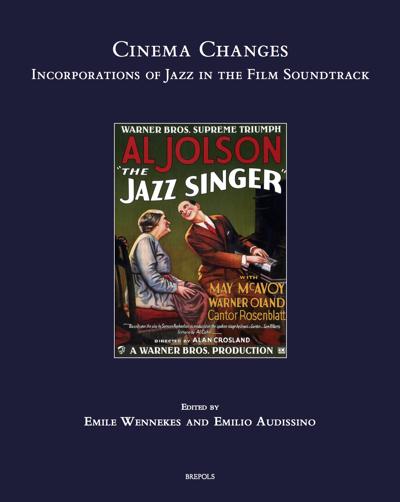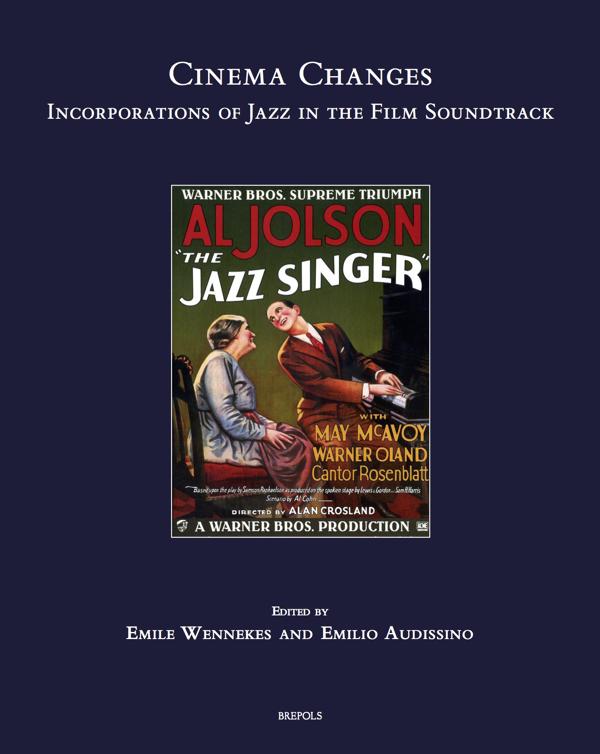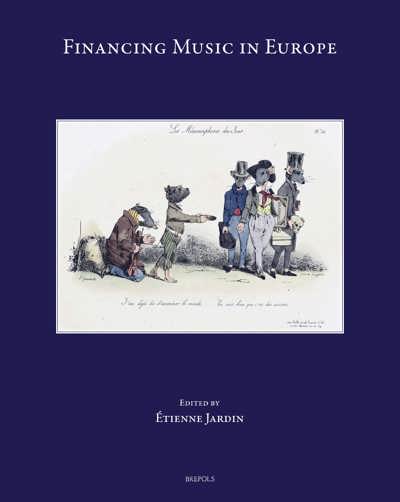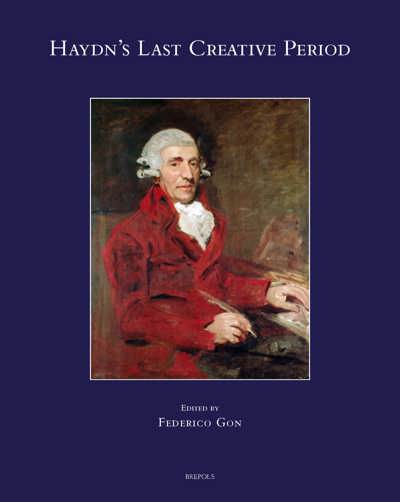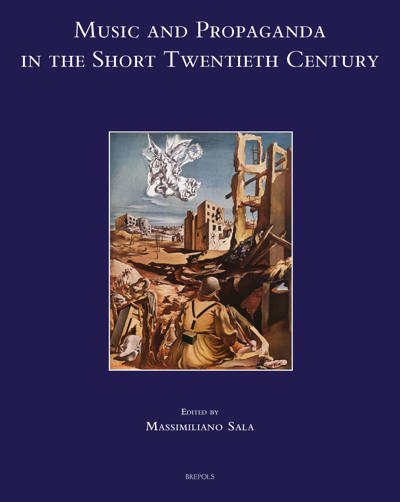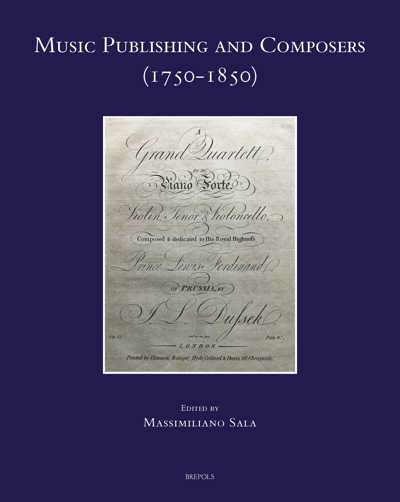
- Pages: xxvi + 334 p.
- Size:210 x 260 mm
- Illustrations:35 b/w, 26 musical examples
- Language(s):English
- Publication Year:2019
- € 120,00 EXCL. VAT RETAIL PRICE
- ISBN: 978-2-503-58447-8
- Hardback
- Available
This volume studies the relationship between jazz and cinema.
"Bemerkenswert an den Beiträgen in Cinema Changes ist, dass diese einerseits recht spezifische, andererseits weitläufige Thematik immer Fragen nach Erzählebenen bzw. nach den möglichen Erscheinungsebenen von Musik im Film überhaupt aufwirft." (Konstantin Jahn, in: Die Musikforschung, 72. Jahrgang 2019, Heft 4, S. 381)
A film scholar and a film musicologist, Emilio Audissino (University of Southampton) specialises in Hollywood and Italian cinema. He is the author of “John Williams's Film Music” (2014), “Film/Music Analysis. A Film Studies Approach” (2017), and the editor of “John Williams: Music for Films, Television and the Concert Stage” (2018).
Emile Wennekes is Chair Professor of Post-1800 Music History at Utrecht University, The Netherlands, and specializes in Music and Media. He chairs the Study Group Music and Media under the auspices of the International Musicological Society.
Cinema is the form of entertainment that can be, above all, identified with the twentieth century. It gradually replaced theatre as a popular form of performed storytelling, and replaced opera too as the new “multimedia” art form, soon incorporating music as one of cinema’s privileged means to co-tell stories. Speaking of music, jazz was as sensational a twentieth-century novelty as cinema was. The two soon teamed up, and jazz, with its various incarnations and styles, has accompanied the moving images and the cinematic narratives throughout the decades. It was inevitable that these two iconic art/entertainment forms, jazz and cinema, should meet, blend, cooperate, and have a reciprocal influence. While the early film music was mostly symphonic and inspired by the late-romantic nineteenth-century idiom, jazz and Afro-American music — in various form and with diverse and changing racial/social connotations — appeared onscreen even before the landmark film The Jazz Singer (1927), which officially launched the sound era. This collection of essays seeks to study the long-standing relationship between jazz and cinema, from the silent era to the contemporary sound cinema, on an international level.
Emile Wennekes – Emilio Audissino, Prologue: A Reel Jazz Survey
Rendition / Reception
Emile Wennekes, Out of Tune? Jazz, Film and the Diegesis
Phillip Johnston, Jazzin’ the Silents: Jazz and Improvised Music in Contemporary Scores for Silent Film
Luca Stoll, Cinema: A Privileged Way of Acquiring Intimacy with Jazz Standards
Marida Rizzuti, Play, My Fiddle, Play! Jazz and Klezmer at the End of the 1930s
Randall Cherry, Ethel Waters and the Search for Racial Redemption
Jazz and National Cinemas
Emilio Audissino, The Multiform Identity of Jazz in Hollywood: An Assessment through the John Williams Case Study
Nicolas Pillai, Rhythms of the Everyday: An Alternative History of the British Jazz Film
Philippe Gonin, Jazz and Cinema: Which Jazz for Which Movies in France from 1945 to the early 1960s?
Julio Arce – Celsa Alonso, From the Chotis to the Charleston: Jazz in Spanish Films prior to the Civil War
Roberto Calabretto, Jazz Music in Michelangelo Antonioni’s Films
Willem Strank, When Jazz Meets German Cinema: A Brief Overview
Jason R. Hillebrand, A Song Helps Us Live: The Narrative Function of Jazz in the Soviet Musical Film Jolly Fellows
Case Studies
Francesco Finocchiaro – Leo Izzo, The Sound of the Nightmares: On the Jazz Music in Fritz Lang’s Metropolis
Ryan Patrick Jones, Dignity in the Twilight of Minstrelsy: Race, Nuance, and Aspiration in Duke Ellington’s Symphony in Black: A Rhapsody of Negro Life
Adam Biggs, The Blues and Dissonance in Michelangelo Antonioni’s Blow-Up
Armando Ianniello, Umiliani, Trovajoli, and Rota: The Jazz Film Score of Boccaccio ’70
Marcel Bouvrie, Synergetic Jazz Score: The Narrative of the Relation between the Diegetic and Nondiegetic Music in Whiplash
Mervyn Cooke, ‘The Same Goddamn Songs the Same Goddamn Way’? Makin’ Whoopee with The Fabulous Baker Boys
Index of Names
